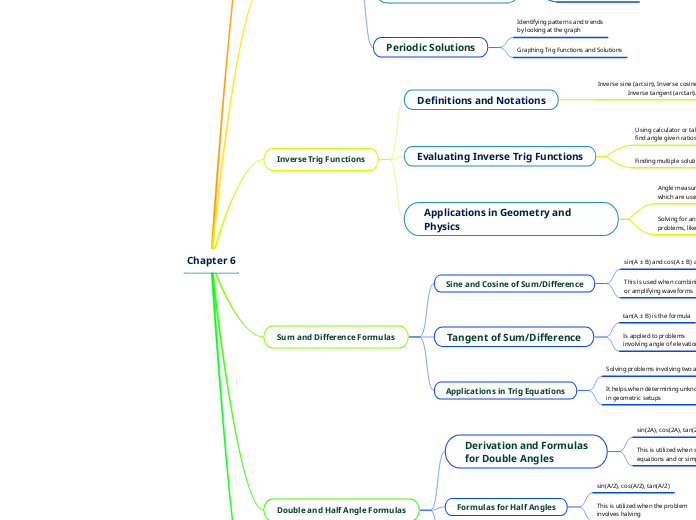par Tyler Schulz Il y a 4 années
1360
Landscapes
Arid deserts, like the Gobi and Sahara, experience extreme temperatures and vary from hot to cold, with Antarctica being the largest cold desert. Aquatic landscapes, covering three-quarters of the Earth, include both freshwater and marine environments, like lakes, rivers, oceans, and coral reefs.









